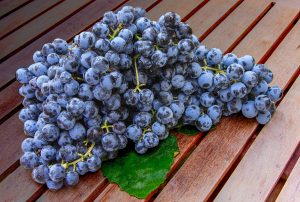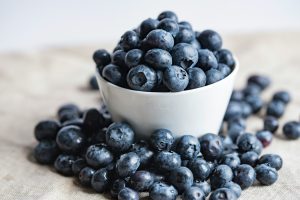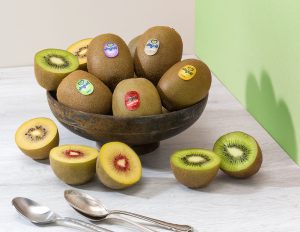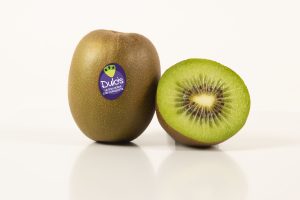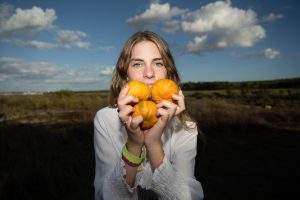Murcia stands out as the leading European origin for stone fruit until 15 June, with a campaign that is generating optimism among growers. “It’s an exceptional situation and we need to make the most of it,” says Joaquín Gómez, managing director of APOEXPA, who highlights the region’s strategic potential.
The early end to the strawberry and citrus campaigns has cleared the way for nectarines, peaches, flat peaches and apricots. Forecasts suggest around 100,000 tonnes of nectarines, 30,000 tonnes of peaches and 90,000 tonnes of flat peaches. Apricot volumes, however, are expected to decline slightly due to rain during the flowering stage, while the platerina—though not counted separately—continues to gain ground.
Despite the overall positive outlook, the sector continues to highlight challenges that demand urgent attention. One of the main concerns is the gradual ban on phytosanitary products, with no fully effective biological alternatives yet available for widespread use. “We are still relying on exceptional authorisations, which always creates uncertainty,” warns Gómez.
Public research centres CEBAS and IMIDA are also leading a key area for the future of the industry: varietal innovation. In Murcia, intensive work is underway to develop stone fruit with higher sugar content, greater resistance to disease, and better adaptation to climate change. This scientific effort not only responds to consumer demand but also seeks to ensure the technical and commercial viability of agricultural operations.
RELATED NEWS: Murcia is concentrating its efforts on the high-value tomato segment
On the international front, the APOEXPA manager notes a shift in commercial opportunities. China, once considered a high-value market, has lost appeal due to long maritime transit times that compromise fruit quality upon arrival. “Now, beyond our traditional European markets, we’re looking at Canada—an interesting destination that could open a new path for growth,” he explains.














